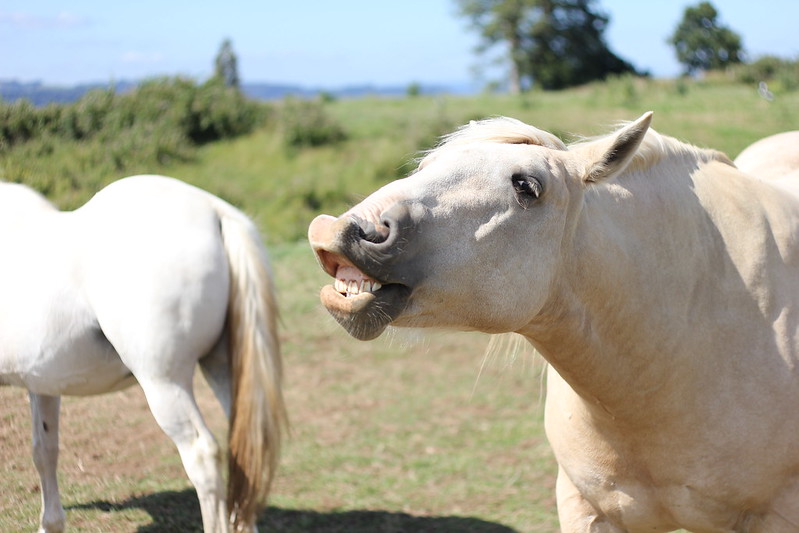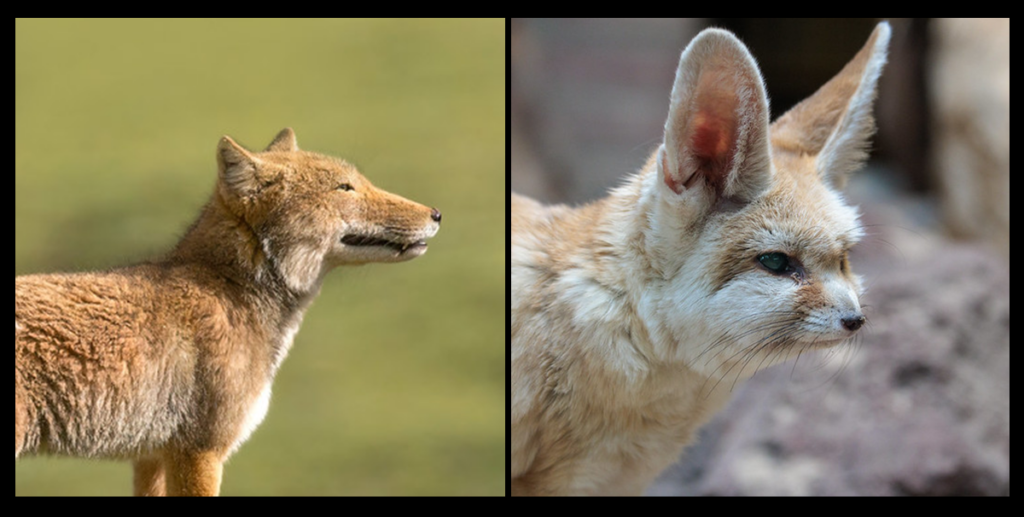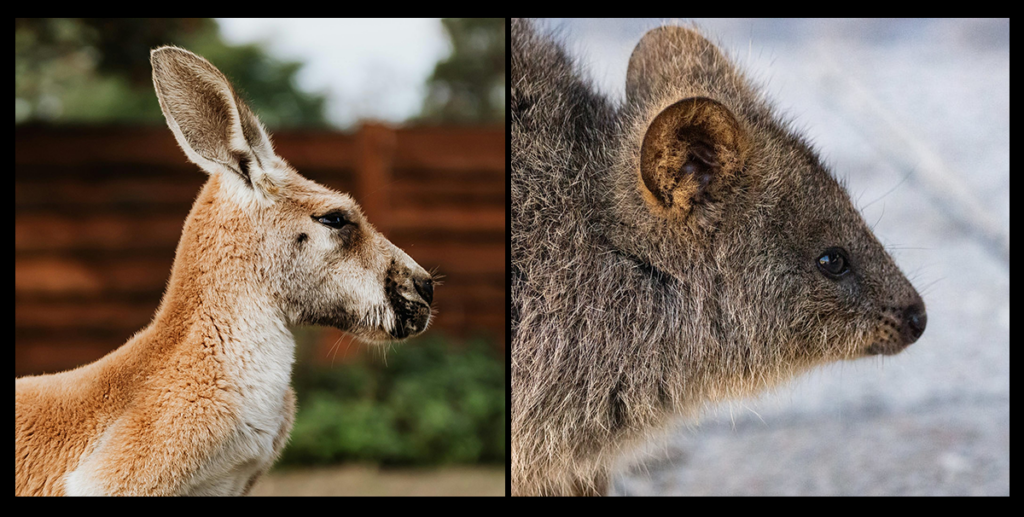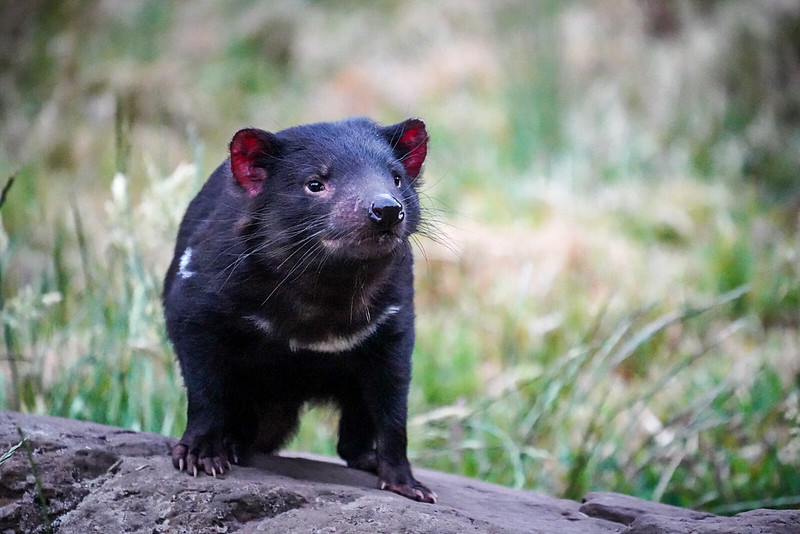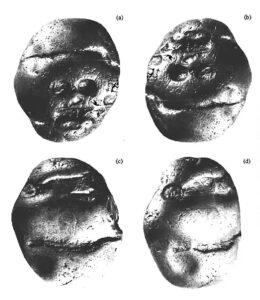We all know the joke. For the past 4000 years, humans have been telling stories of animals walking into bars as an excuse to air some awful puns. But, the question of why the long face is actually an interesting one for evolutionary biologists.
It’s long been observed that in groups of closely related mammals, larger species tend to have longer faces relative to their body size. This pattern has been termed CREA: craniofacial evolutionary allometry.
A study released in November 2023 by a team at Flinders University proposes a theory for the evolutionary forces behind CREA, and the reasons that some species are exceptions to the rule.
According to the researchers, it turns out that the long face is due to the amount of biting power a species requires. How’s that for a punchline?
BITE ME
For the study, the researchers looked at 22 mammal families, including bats, whales, antelopes, rodents, and rabbits.
They found that since closely related animals occupy similar ecological niches (that is, eat similar foods in similar ecosystems,) they usually need the same absolute amount of bite power.
Bite force is broadly determined by two factors: the size of the mouth doing the biting, and the distance from the ‘hinge’ to the biting end. Think of a jaw like a pair of barbecue tongs or chopsticks. You can grip things more powerfully by holding them closer to the ‘biting end.’
So, a shorter face has a more powerful bite than a longer one. Thinking back to our equine friends, since they don’t need maxed out bite power, their faces are simply able to be longer.
And we should be grateful! Imagine dealing with horses that could bite your hand off.
EXCEPTIONS TO THE RULE
This theory also explains why some species don’t follow the CREA pattern. Take, for example, Tasmanian devils (the largest carnivorous Australian marsupial, and orcas (the largest dolphin species.) Both creatures are particularly bitey beasts.
Tassie devils need strong jaws for fighting and chewing their meaty meals. Orcas, too, have a diet different to their smaller cousins, consuming larger prey (and also a little bit of boat, as a snack). These animals need a powerful bite, and thus have retained a shorter jaw.
The opposite situation can also explain little animals such as honey possums having such long snouts. These specialised facial features enable the little cuties to access food sources such as nectar that are unavailable to their larger cousins.
JUST HAVING A HARD DAY
Where do humans fit in all of this? Since we’ve learned to cook and use knives, it’s unlikely that bite force requirements are going to be very influential to human evolution from this point.
So next time you walk into a bar, you can rest assured that your long face is not down to CREA, it’s probably just because you’ve had an awful day.


